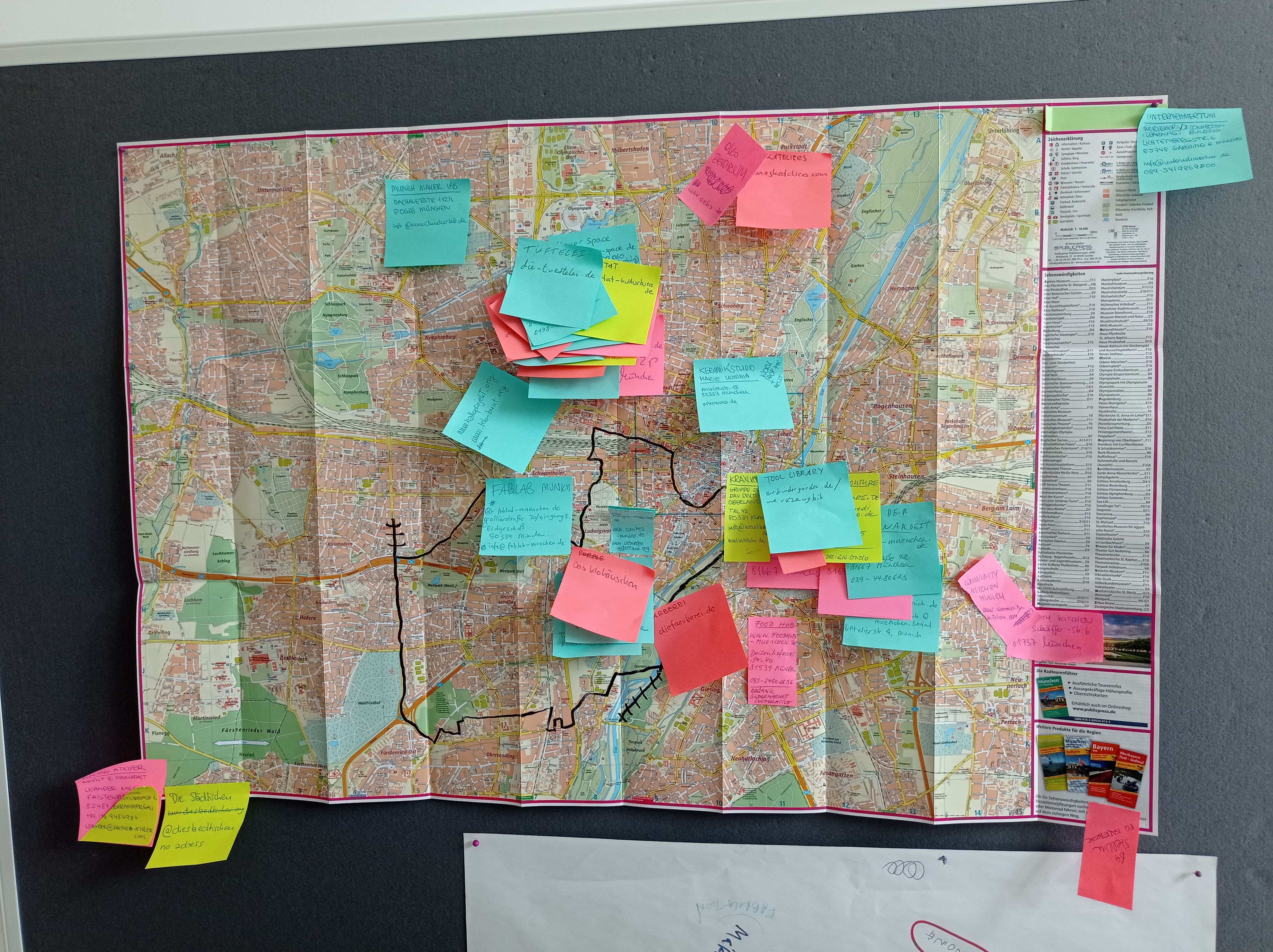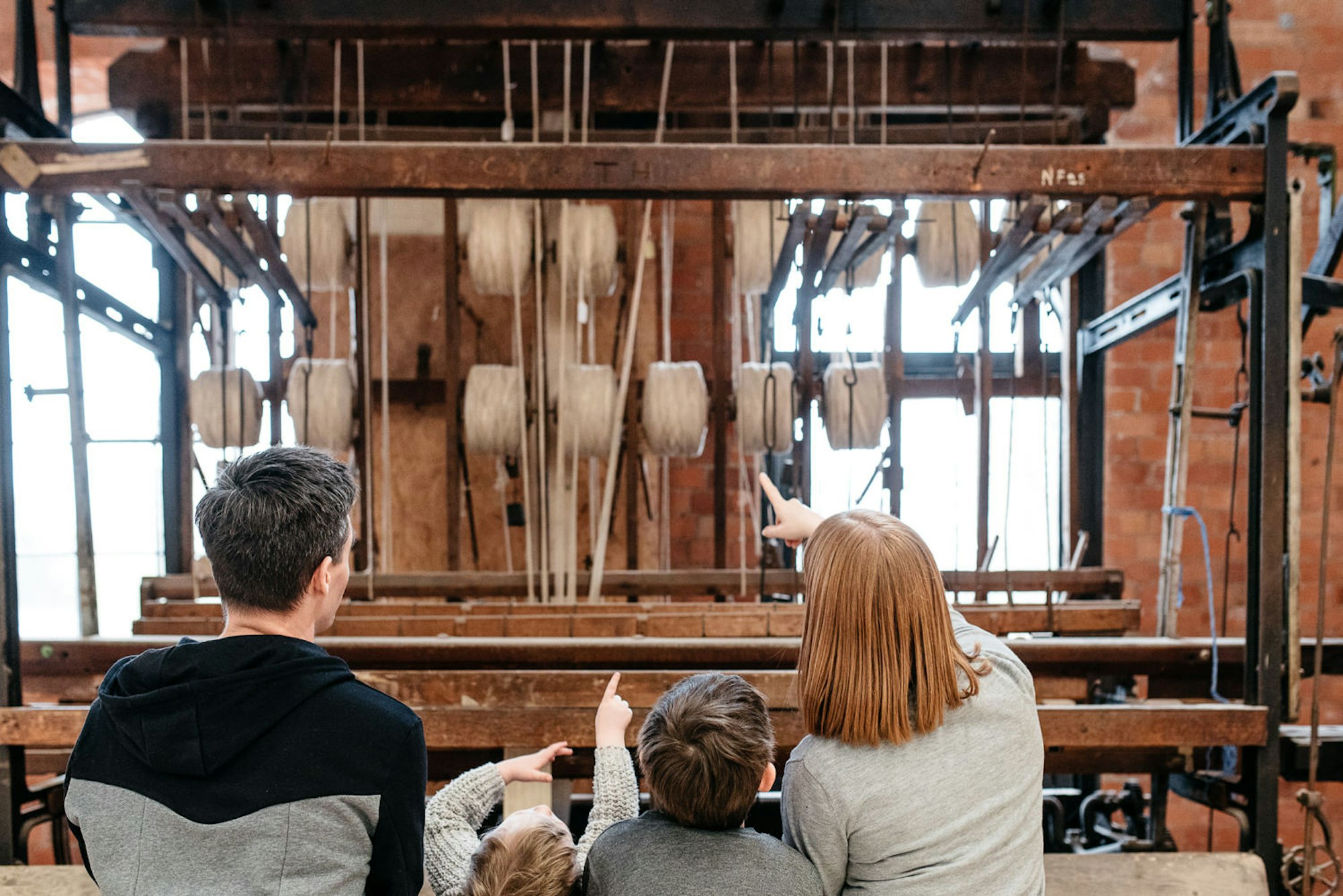Day 9: The Make Works Christmas Countdown

For the Make Works Christmas Countdown this year, we will be telling you a bit about different materials each day, with suggestions about where you can work with it in Scotland.
Day 9: Copper
The soft metal with a comforting orange-reddish glow has been one of 2016’s most popular material trends. Finding it’s way into homewares, accessories, jewellery and interiors; copper can be cast, worked cold, spun, hammered, plated, etched, brazed, soldered, extruded and welded. It is a malleable metal that conducts heat and electricity well which has been used by humanity for over 10,000 years.

Originally extracted in Cyprus, today the largest copper mines are in Chile, the United States (New Mexico and Arizona), Indonesia and Peru. Increasingly there is not sufficient supply to meet the demand for copper - explaining it’s consistently unstable pricing worldwide. 95% of the world’s copper has been extracted since 1900, and more than half of that was in the past 24 years. However, copper is a completely recyclable material so relatively little ends up in landfill. This is also why there are problems with copper theft around the world.
Though it is widely now used by designers, Copper is still primarily used for electrical purposes. For example wiring, communications cabling and printed circuit boards. This is due to its efficiency at conducting electricity without catching fire. It is also one of the key metals required to create other alloyed metals like tin and bronze, brass.
Copper is typically processed by a coppersmith, often making objects like cookware, jewellery, sculpture. In Scotland, coppersmiths are still in huge demand, due to the number of whisky casks that need manufactured and repairing on a regular basis.
If you are interested in having something made in copper in Scotland, you can have it cut at PPD on the West Coast of Scotland. For copper spinning, try Brazier Metal Spinning in Birmingham.
Categories
Article
Related stories
Why Make Work Locally
Alan Moore and Ten30 Fashion
Tips for Manufacturing in Scotland
A Life in Lace
In the Belly of the Beast: my one year manufacturing for Coca Cola




